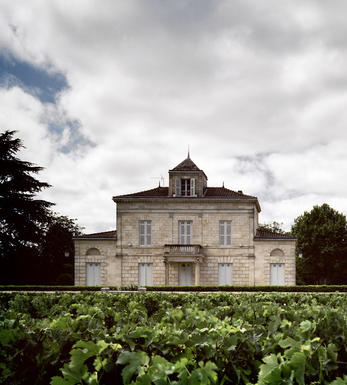
About this WINE

Château Montrose
Château Montrose is part of our Spotlight on sustainability series. You can view the full range here.
Château Montrose is one of the leading wine properties of St.Estéphe, and produces some of the longest-lived wines in the Médoc. Montrose had been owned by Jean-Louis Charmolue from 1962 until 2006, when it was sold to Martin and Olivier Bouygues, owner of the eponymously named construction firm Bouygues, is located in the east of the appellation, just north of the hamlet of Marbuzet, on a gravel knoll only 800 metres from the Gironde estuary. The proximity of the estuary ensures a microclimate that protects against frost, and the vines, which lie on deep clay-gravel soils, benefit from a south-easterly aspect.
Montrose's wine is typically a blend of 65% Cabernet Sauvignon, 25% Merlot and 10% Cabernet Franc and is matured in oak barriques (30% new) for 18 months.
Montrose wines are traditionally deeply coloured, austere and powerful when young, yet possess superb ageing potential, and when mature are quintessential St.Estèphe clarets. Montrose is classified as a 2ème Cru Classé.

Cabernet Sauvignon Blend
Cabernet Sauvignon lends itself particularly well in blends with Merlot. This is actually the archetypal Bordeaux blend, though in different proportions in the sub-regions and sometimes topped up with Cabernet Franc, Malbec, and Petit Verdot.
In the Médoc and Graves the percentage of Cabernet Sauvignon in the blend can range from 95% (Mouton-Rothschild) to as low as 40%. It is particularly suited to the dry, warm, free- draining, gravel-rich soils and is responsible for the redolent cassis characteristics as well as the depth of colour, tannic structure and pronounced acidity of Médoc wines. However 100% Cabernet Sauvignon wines can be slightly hollow-tasting in the middle palate and Merlot with its generous, fleshy fruit flavours acts as a perfect foil by filling in this cavity.
In St-Emilion and Pomerol, the blends are Merlot dominated as Cabernet Sauvignon can struggle to ripen there - when it is included, it adds structure and body to the wine. Sassicaia is the most famous Bordeaux blend in Italy and has spawned many imitations, whereby the blend is now firmly established in the New World and particularly in California and Australia.



Buying options
Description
Deep inky colour with lovely, spicy blackcurrant fruit, plum and some wild strawberry notes. The palate is no shrinking violet, Montrose hascreated a powerful effort for this, their third wine, assisted by the sheer quality of fruit they harvested. The rich brooding spicy, peppery fruit is dark and dense, wonderfully vibrant and the extra class for a wine of this level comes from the iron laden dark fruit and roasted meats on the finish.
Matthew Tipping Fine Wine Sales Manager
wine at a glance
Delivery and quality guarantee